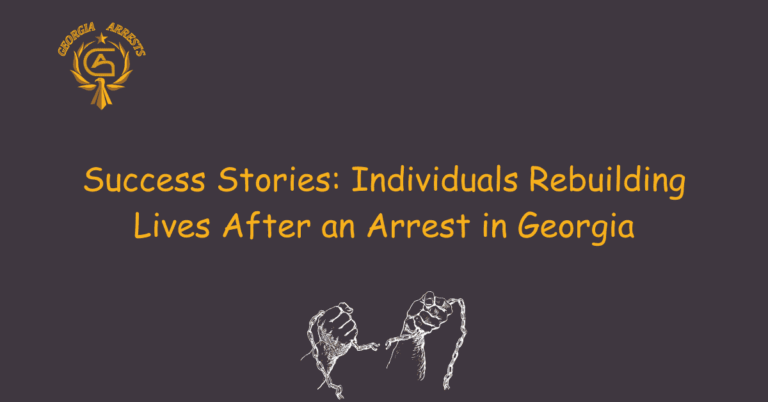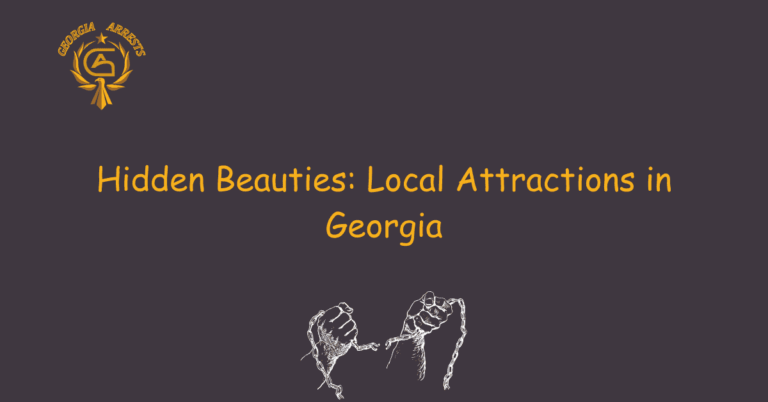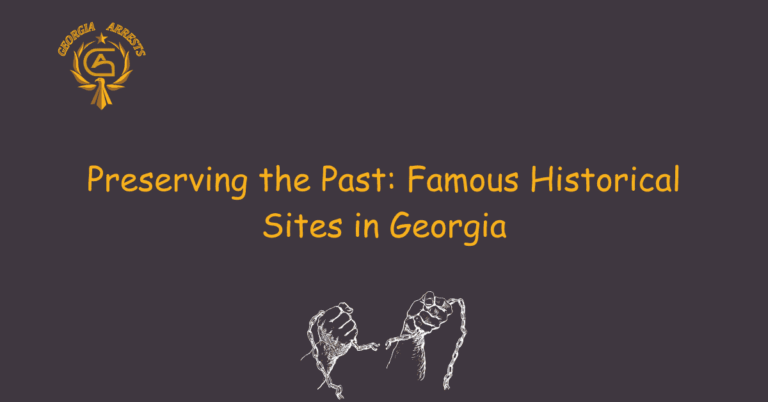Preserving Heritage: Traditional Arts in Georgia
Georgia is a country rich in cultural heritage, especially when it comes to traditional arts. For centuries, Georgians have been passing down their artistic traditions from one generation to the next, ensuring that their unique cultural identity remains alive and vibrant. From traditional music and dance to intricate craftsmanship and vibrant folk art, Georgia’s traditional arts are a testament to the country’s rich history and deep-rooted cultural pride.
One of the most fascinating aspects of Georgia’s traditional arts is the way they reflect the country’s diverse regions and ethnic groups. Each region has its own distinct artistic traditions, with different styles, techniques, and themes. Whether it’s the hauntingly beautiful melodies of the Svaneti region or the intricate patterns of the Adjara region’s carpet weaving, Georgian traditional arts offer a glimpse into the diverse tapestry of the country’s cultural heritage.
Georgian Traditional Music and Dance
Georgian traditional music and dance form an essential part of the country’s cultural heritage. With their lively rhythms and intricate choreography, Georgian dances captivate audiences around the world. Each region has its own unique style, showcasing the diversity of Georgian dance traditions. From the energetic and acrobatic dances of the mountainous regions to the graceful and elegant movements of the lowland areas, Georgian traditional dance is a vibrant expression of the country’s cultural identity.
Georgian Craftsmanship and Folk Art
Georgian craftsmanship and folk art are renowned for their exquisite beauty and intricate details. Skilled artisans from different regions specialize in various crafts, including wood carving, metalwork, pottery, and embroidery. The craftsmanship reflects the rich cultural heritage and traditional techniques passed down through generations. Georgian folk art, with its vibrant colors and unique patterns, tells stories of the country’s history, mythology, and daily life. It is a testament to the creativity and artistic talent of the Georgian people.
Georgian Traditional Clothing and Textiles
Georgian traditional clothing is a visual representation of the country’s diverse regions and ethnic groups. Each region has its distinctive style of clothing, characterized by specific colors, patterns, and designs. Traditional Georgian costumes are often adorned with intricate embroidery, reflecting the region’s cultural identity. Additionally, Georgian textiles, such as carpets and tapestries, are highly valued for their craftsmanship and decorative motifs. They serve as both functional and artistic pieces, showcasing the creativity and skill of Georgian weavers.
Georgian Traditional Instruments
Georgian traditional music is accompanied by a wide range of unique instruments. The most famous of these is the panduri, a three-stringed lute-like instrument. Other traditional instruments include the chonguri, a four-stringed plucked instrument, and the doli, a double-headed drum. These instruments contribute to the distinct sound and melodies of Georgian traditional music, creating a captivating and soulful musical experience.
Georgian Oral Traditions and Storytelling
Georgian oral traditions play a vital role in preserving the country’s cultural heritage. Through storytelling, legends, and myths, the history and values of the Georgian people are passed down from one generation to the next. Oral traditions also encompass traditional poetry and epic songs, which celebrate heroic deeds and significant events. These oral traditions serve as a means of connecting Georgians to their past and fostering a sense of cultural pride and identity.
FAQs
What is the significance of traditional arts in Georgia?
Traditional arts in Georgia hold immense cultural and historical value. They reflect the rich heritage of the region and provide insight into the traditions, customs, and beliefs of the Georgian people.
What are some examples of traditional arts in Georgia?
Traditional arts in Georgia encompass a wide range of disciplines, including music, dance, painting, sculpture, pottery, weaving, embroidery, and woodwork. These art forms have been passed down through generations and continue to be practiced today.
How do traditional arts contribute to preserving heritage in Georgia?
Traditional arts play a crucial role in preserving Georgia’s heritage by keeping ancient techniques and traditional designs alive. They serve as a link between the past and present, ensuring that cultural practices and artistic expressions are not forgotten.
What are the challenges faced in preserving traditional arts in Georgia?
Preserving traditional arts in Georgia can be challenging due to factors such as modernization, urbanization, and the changing lifestyles of younger generations. Limited resources, lack of awareness, and the need for continuous support also pose obstacles.
How can individuals support the preservation of traditional arts in Georgia?
Individuals can support the preservation of traditional arts in Georgia by actively participating in cultural events, festivals, and workshops. They can also purchase traditional artworks, support local artisans, and promote awareness about the importance of these art forms.
What is the future outlook for traditional arts in Georgia?
Despite the challenges, there is a growing recognition of the value of traditional arts in Georgia. Efforts are being made to promote and preserve these art forms through educational programs, government initiatives, and cultural organizations, ensuring their continuation for future generations.







